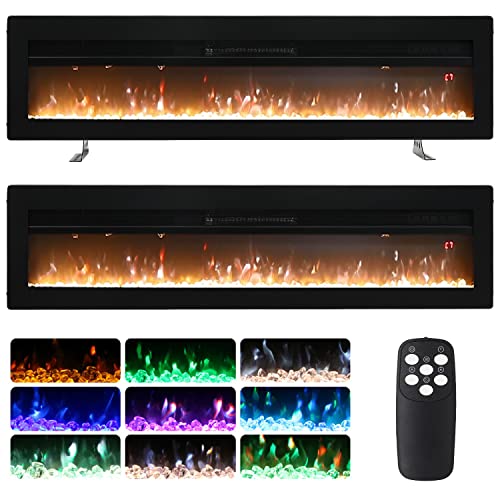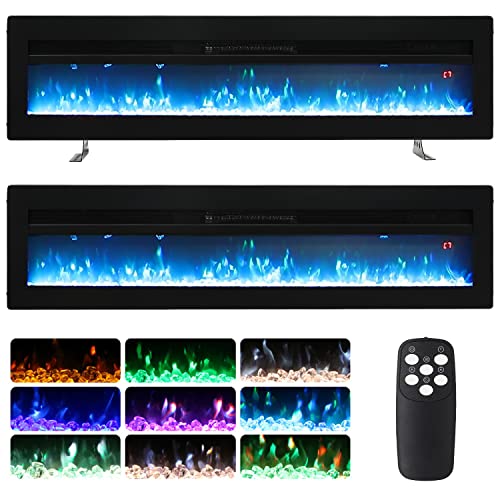Guide To Outside Wood Burners: The Intermediate Guide In Outside Wood …
페이지 정보

본문
 What You Need to Know About Outdoor Wood Burners
What You Need to Know About Outdoor Wood BurnersOutdoor wood burning stoves are a cost-effective way to heat homes and businesses. They also reduce the need for fossil fuels that are not renewable and help to create a more resilient energy strategy.
Well-seasoned wood is essential for efficient burning. Wood that is not seasoned or green has a higher moisture content and can create creosote accumulation, which can affect performance.
Efficient
Outdoor wood burners (OWBs) have been around for many years and offer a very energy efficient and environmentally friendly method to heat your home. However, the design of OWBs, which promotes the slow and cooler burning, causes less combustion and a higher amount of smoke, creosote, and particulates. These unburnt fuels can cause health issues, fire hazards, and cause harm to the environment around it.
Furthermore, the visible smoke plume that OWBs produce can make neighbors angry and result in DEC (Department of Environmental Conservation) enforcement action. This type of public relations issue can be a significant impact on the value of your property and could even result in your OWB being shut down.
Crown Royal Stoves offers a line of EPA Certified outdoor wood furnaces that are referred to as the Pristine Gasification Series that utilizes technology to boost the efficiency of combustion to ensure a smokeless, clean burning. This is accomplished by using a negative-pressure air system that draws in fresh, dry, heated, filtered air from the bottom and pushes it up the chimney much faster than traditional outdoor wood boilers. This is accomplished through an innovative design that utilizes a multi-pass water-filled heat exchanger made of 409 Titanium Enhanced Stainless Steel.
If properly used correctly, when used correctly, the Pristine Gasification Series OWB can achieve a 99% combustion efficiency for a cleaner, smokeless fire that uses less wood and produces less carbon dioxide than traditional OWBs. It is essential to use dry, clean, and seasoned wood to increase the performance of your OWB. It is recommended that you season your wood for a minimum of six months or one year before burning it. This will ensure the most efficient and clean burn.
You can increase the efficiency of your wood-burning stove by performing each week a "dry burn". This method eliminates creosote accumulation, makes your boiler in good condition and extends its lifespan. By adding a creosote-removing stick to your stove every time you fill it, you can dramatically reduce the amount of creosote that you need to use. This product is available from Wisconsin Wood Furnace.
Clean
The soot particles that are left in the aftermath of burning wood can make a stove appear very dirty. These are very hard to remove If you notice any spots of buildup on the glass of your stove, clean them immediately. If not, the soot will begin to become harder and more difficult to get rid of. It is crucial to use the right cleaners however, you should be careful not to scratch the glass with anything that could scratch it. This could leave a weak spot that could shatter the glass when it's exposed to extreme temperatures.
Be sure to allow your wood burner to cool completely before cleaning it. Be sure you cover the area surrounding it with newspaper. This will prevent the ash from leaking and staining surfaces.
It could take up to one year for the seasoning of your stove to be complete, based on the quality of the wood you choose to use. The wood that is treated with a seasoned finish will not only burn more efficiently, but also produce less creosote. This is the substance that accumulates on your chimney, decreasing its efficiency and posing a fire hazard. If you're using unseasoned wood or just making a fresh fire in your outdoor wood burner the best wood burning stove thing you can do is to open the back door to the lower part and scoop the ashes into a non-combustible container each week.
You should also do a sediment flush on your boiler at least every four years. This involves a simple five-second hand wood burner flush from the bottom drain valve on your boiler. This will get rid of any sediments that have built up in the system, and will ensure that your boiler runs well.
Once you have done the sediment flush, it's now time to clean the outside wood burners (http://tongcheng.jingjincloud.cn/home.php?mod=space&uid=678276) of your outdoor wood burner. Before you begin, it's important to cover the floor outside Wood burners around the stove with newspaper. Wearing protective eyewear and gloves is also a good idea. You should also have a metal ash container, a scraping tool and a shovel. You can use a cloth as shield to shield the refractory from damage while you scrape away coal and ash deposits.
Simple to operate
Outdoor wood boilers (also called outdoor furnaces or outdoor wood hydronic heating systems, or outdoor wood heaters) are often misunderstood despite their acclaim. They were among the "it" trends of the 1990s, alongside hairstyles for mullets. They are not the same as the well-known EPA wood burning stoves small stoves, which are made to burn low temperatures and run continuously. They are able to produce more combustion and produce more smoke. This is why a few local governments regulate or ban their use.
OWBs are ideal to heat homes with a high insulation level. The visible, smoldering smoke is also a cause of complaint with neighbors and has resulted in many OWBs being shut down or being sued in the past. For OWBs dry wood that has a lower moisture content is required to work properly. Wood that is not seasoned or green can reduce efficiency, cause creosote build-up and reduce the life of the burner. A moisture gauge will allow you to determine how long it takes for wood to dry.
Dual-stage wood gasification (OWGB) boilers however they employ a three-step procedure which makes use of the energy in the wood burning stoves small. This results in less smoke. These furnaces are more efficient than conventional OWBs and are suitable for many different fuels. Wood gasification boilers require dry, seasoned firewood. The majority of wood will season in the course of a year. Oak and other hardy trees can take up to two years. They are less water-based and have a denser mass. This allows them retain heat for longer, thus increasing efficiency and reducing pollution. The EPA's "Burn Wise" website and Cornell Cooperative Extension can help homeowners learn more about burning wood efficiently in order to reduce pollution to the air.
Low Maintenance
Modern outdoor wood woodburning stoves are designed to be environmentally friendly. Modern outdoor wood furnaces do not emit excessive heat or CO2. They also burn more efficiently than indoor wood stoves. They also use less wood to generate the same amount heat as traditional stoves.
Outdoor wood burners require less maintenance and are more forgiving of moisture content in wood than indoor wood burning stoves. However outdoor wood burners should only be used with properly prepared or "cured" wood. This could take a whole year or more for some kinds of wood. It is essential to use a moisture meter to check the water content of your wood before loading.
In the course of operation, it is crucial to check the system regularly for creosote accumulation. Creosote is an byproduct of combustion and can build up in the flue and chimney when it is not cleaned regularly. It can be removed using the use of a special creosote remover that is poured into the fire. Regularly cleaning the flue and chimney will eliminate dangerous creosote buildup and improve efficiency.
 Crown Royal Stoves developed a new airflow technique called Negative Pressure Gasification to attain 99% efficiency in combustion. This technology is used in our EPA certified Pristine Series Outdoor Wood Furnaces to pull air up from the bottom and force all the gases through an enclosed secondary combustion chamber that is surrounded by water with easy-to-clean turbines. The result is a smokeless and pollution-free combustion.
Crown Royal Stoves developed a new airflow technique called Negative Pressure Gasification to attain 99% efficiency in combustion. This technology is used in our EPA certified Pristine Series Outdoor Wood Furnaces to pull air up from the bottom and force all the gases through an enclosed secondary combustion chamber that is surrounded by water with easy-to-clean turbines. The result is a smokeless and pollution-free combustion.- 이전글What Is Replacement Nissan Key Fob And How To Utilize It 25.01.31
- 다음글See What Sliding Sash Window Tricks The Celebs Are Making Use Of 25.01.31
댓글목록
등록된 댓글이 없습니다.